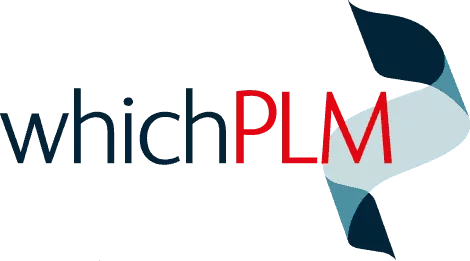From Threads to Thinking Machines: Fashion’s Next Great Leap

From PLM to AI: The Leadership Decision That Will Define Fashion’s Future Missed approvals. Slipped deadlines. Teams chasing updates across email, spreadsheets, and suppliers in different time zones. For fashion brands, the result is clear: calendar misalignment and margin erosion on a scale no executive can afford to ignore. Industry reports suggest that seasonal delays […]
Preparing for Transparency with a Flexible Value Chain, Backed by Data

For more than a decade, WhichPLM has championed a foundational shift in the fashion industry: moving away from decisions based on instinct or opinion, and towards choices grounded in evidence. At the time, this was a forward-looking argument, anticipating the day when regulatory scrutiny and consumer demand would converge to force greater accountability. That day […]
From the Era of Web1 to the Rise of Trend Oracles: AI Unveils Fashion’s Web3 Era of Hyper-Personalisation

For those readers who may not recall the static fashion trends of the Web1 era, in the mid-90s, trends were primarily dictated by magazines, luxury brand creative directors, and catwalks. It was very much a top-down, centralised approach, where style and messaging were concentrated in the hands of a few people, who had the luxury […]
From Digital Twins to Data Democratisation: The Disruptive Technologies Reshaping The Fashion Value-Chain

The future of fashion is not predetermined, but there are clear disruptive trends that have the potential to reshape the extended value chain sooner, not later. From transparency and trust to the next stage of virtual runways, 2024 promises to have more action than ever, with technology impacting brands, retailers, and stakeholders across the entire […]
Fashion Technology In 2024: The Insider Perspective

A C-Suite Guide to Navigating The New Year’s Digital Threads
The Power of PLM to Drive Sustainability in Fashion

Environmental sustainability has become a top priority across industries in today’s rapidly changing world due to climate change. The fashion industry, in particular, faces increasing pressure to adopt eco-friendly practices and reduce its high environmental impact. Combining PLM with sustainability initiatives can help businesses design and understand their impact on the environment in real-time.
Why Digital Twins Will Be Essential To Building End-to-End Workflows

The footwear and apparel industry is rapidly adopting digital tools to gain or retain a
competitive edge. Digital Twins hold great potential for businesses looking to
simulate, test, analyze, and optimize their products and processes without relying on
physical prototypes.
Unveiling the Power of Proof of Value; Realising Tangible Returns

Proof of value is an indispensable tool for justifying software implementations, driving continuous improvements, measuring ROI and cultivating a culture of success in the competitive world of fashion and sewn products.
What’s Coming When Games And Fashion Converge?

Debating the big question of what it means to bring a physical industry into a spectrum of different digital worlds.
Defining SROI: Examples, Part 2

In this, the second part in our focus on defining what a Sustainability Return On Investment (SROI) looks like, we want to provide four distinct examples, each corresponding to a process taken from each of the 1 – 4 tiers of the supply chain. From a brand’s perspective, these examples correspond closely to real-world challenges and scenarios, and all are areas in which consumer and regulatory scrutiny is high, meaning that the potential return on making a measurable improvement is any of them is high.
DEFINING THE ‘HOW’ AND THE ‘WHAT’ OF SROI – PART 1

To begin to manage, and then mitigate, its impact on people and planet, fashion must first put in the work to understand and quantify the resources used in product creation. Although fashion needs more time to comply with current (let alone future) legislation, there is always time to begin and profit from a sustainability-related project. […]
Preparing For Transparency With A Flexible Value Chain, Backed By Data

Across the entire, multi-tier, fashion supply chain, brands and their partners are now required to substantiate sustainability initiatives with evidence. The first building block for that disclosure will be rearchitecting relationships to run on data rather than trust and intuition.
